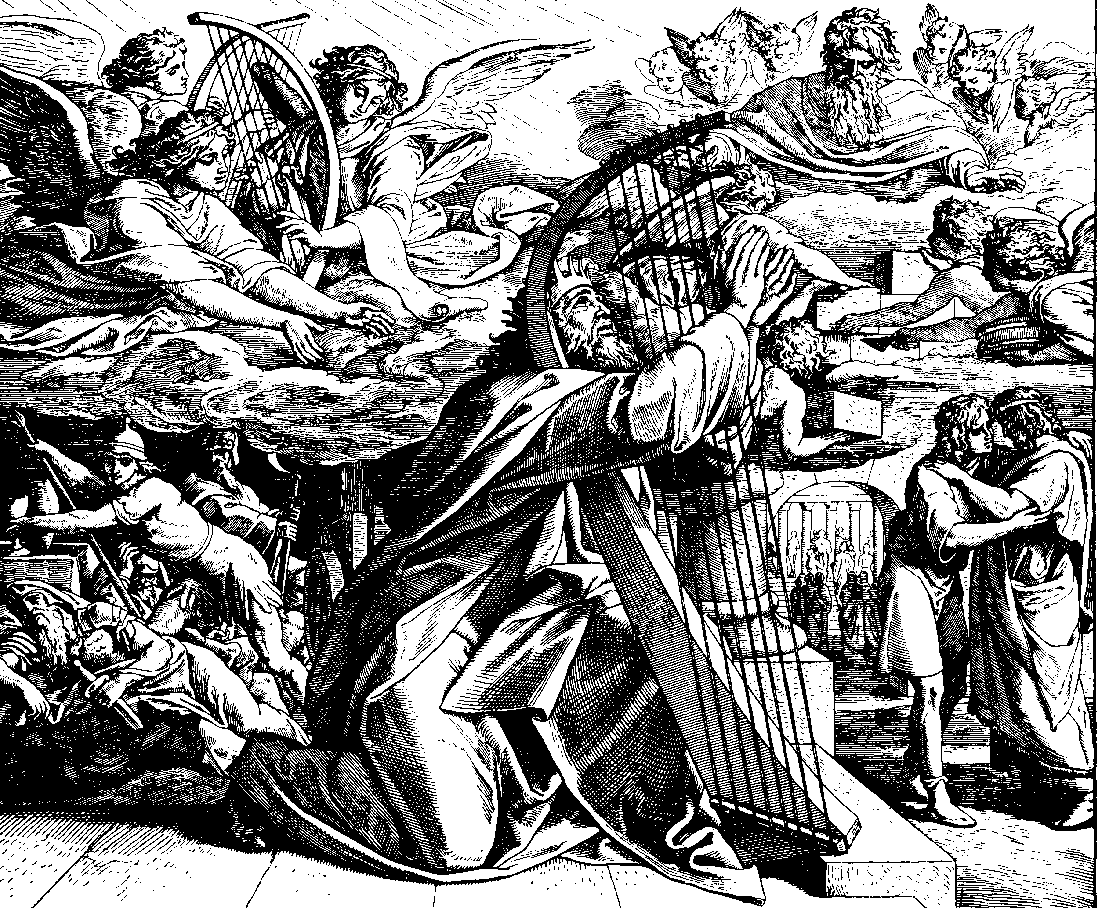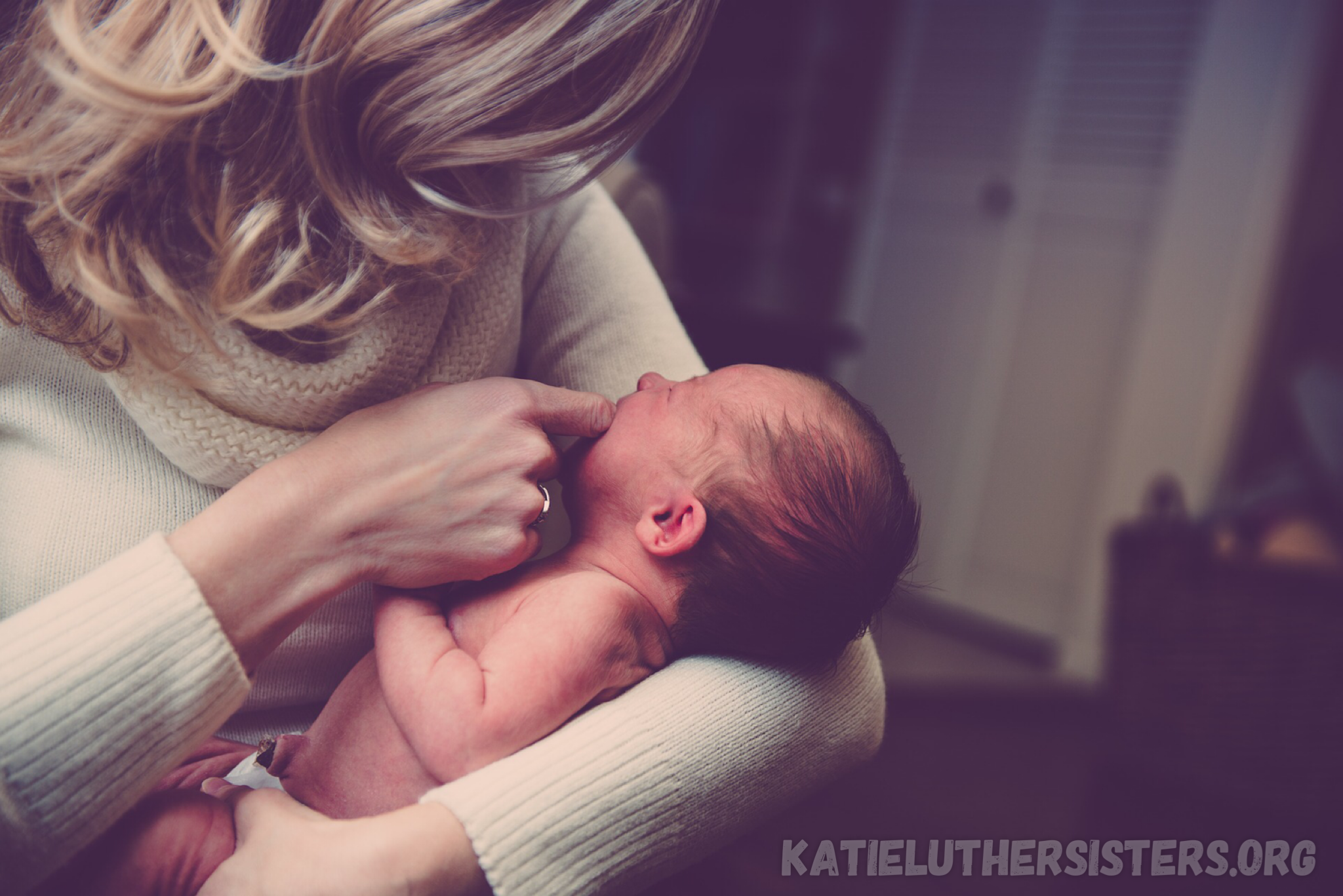Where do tears go in the Divine Service? Emotions in the Lutheran Church

I’ve never been a mountaintop Christian. In fact, my tent has seemingly been pitched in the valley. But that didn’t keep me from climbing. I surrounded myself with positive people, hung pithy sayings above my sink and by my door, and renounced all negative energy. I even said prayers that bound Satan and established a hedge of protection around those I loved. I chose to praise on the mountain more, and cry in the valley less. I was determined to be too blessed to be depressed. However, incantations and mantras are short lived in the face of real life trials. Dysfunction, disease, and death have a way of making headway despite our best efforts to wish them away.
Sorrow is indeed a barrier to summit climbing. According to most Evangelical teaching, the ultimate goal is to be on the mountaintop. Surely then God’s favor rests upon you. But if tears do come, set a gauge. Emotions are a barometer of devotion and sincerity can be measured by them. There is a pulpit technique that utilizes manipulative skill and emotional power to convert sinners and grow churches. It’s a slick design in the sanctuary production- from the vapid music choices, the cue in timing, to the message that pulls heartstrings in order to make even-the-men cry. The pendulum of sorrow and joy swings wildly and there is a great confusion between mourning and rejoicing. However, it is clear, one must not remain in sorrow or defeat. Even death in the Evangelical Church has become a celebration. Tears are nearly forbidden.
And yet, we read in scripture—Jesus wept—real tears (John 11:35). And we can take great comfort. We know that He keeps track of all our sorrows, collects all our tears in His bottle, and records each one in His book (Ps 56:8). He was a man of sorrows, acquainted well with grief (Isaiah 53:3). And He will bind up the brokenhearted (Isaiah 61:1).
If you are coming into Lutheranism emotionally manipulated by a former teaching, know that the Divine Service Settings keep us emotionally grounded. There is an order- the Preparation, the Service of the Word, and the Service of the Sacrament. The liturgy is a pattern of sorrow, joy, thankfulness, and praise. We are dismissed in the peace of the Lord knowing full well— we are living in a vale of tears. The service is not manufactured so that the people have a spiritual experience. It is concrete, external, and objective. Centered on Christ. Giving faith, based in hearing not on feeling. This is reassuring good news. On a greater level, the church year has a pattern for our emotional well-being, as well. The seasons remind us there is a time for every purpose under Heaven.
And as for being a mountaintop Christian, it is good to redefine this in Lutheran terms. We are taught well of God’s mountains- Mount Ararat, Mount Sinai, Mount Carmel, the Mount of Olives, and Mount Calvary. It is not I that obtains this great position with an overarching view from the top. Christ has done that for me. And he’s gone through the valley for me, as well. He is with me, and you, always. To the end of the age, where then, He will dry our tears.
Debra-Lynn Swearingen is a layperson, wife, and mother to 2 teen-age sons. She is a relatively new Lutheran, and loves to read about the Theology of the Cross, the distinction between Law & Gospel, The Simul, and Sacramental Theology. Her passion is Church Art and History. She lives near Kansas City and attends Risen Savior in Basehor, Kansas.
Photo Credit to Kitty Terwolbeck. Creative Commons license.



3 Comments
Sue
Great post!!! As a former evangelical I can attest to your description of the mountaintop/valley scenario. When my husband and I switched from full gospel to Lutheran about 7 years ago, what a blessed relief. Finally God was going to sanctify us through Word and Sacrament; no more struggling to figure out why the mountain top had eluded us. And often a hymn attesting to what God has done or is now doing for us makes us weep. No more trying to work up emotion so you look like the spirit moved in you too.
Debra
@Sue #1 Sue— exactly! Thank you.
Diane
@Sue #1
Hi Sue,
Welcome to the Lutheran Church! In some ways we are very unemotional during a Divine Service. As you said, we usually have a set ‘form’ every Sunday – Invocation to the Triune God, confession and absolution, kyrie and hymn of praise, collect for the day, three readings from the Holy Bible (from either the one-year or three year lectionary), sermon, creed, prayers and then the Service of the Sacrament, and finally benediction. This is interspersed with hymnody that is both proclamation and comfort, i.e. LSB. Sometimes though people do become emotional quietly as a hymn is sung or during Holy Communion.
What is happening today in a lot of LCMS congregations is they want to be more like the Evangelicals and mega-churches. It is a shame that they will sell their birthright for a pot of porridge. For someone who is retired and a Lutheran all my life, this is tremendously sad. I’m so glad you have found forgiveness, life and salvation in the Lutheran Church, which is really ‘the one, true, visible church on earth’ – CFW Walther, first president of the Missouri Synod.
In Christ,
Diane